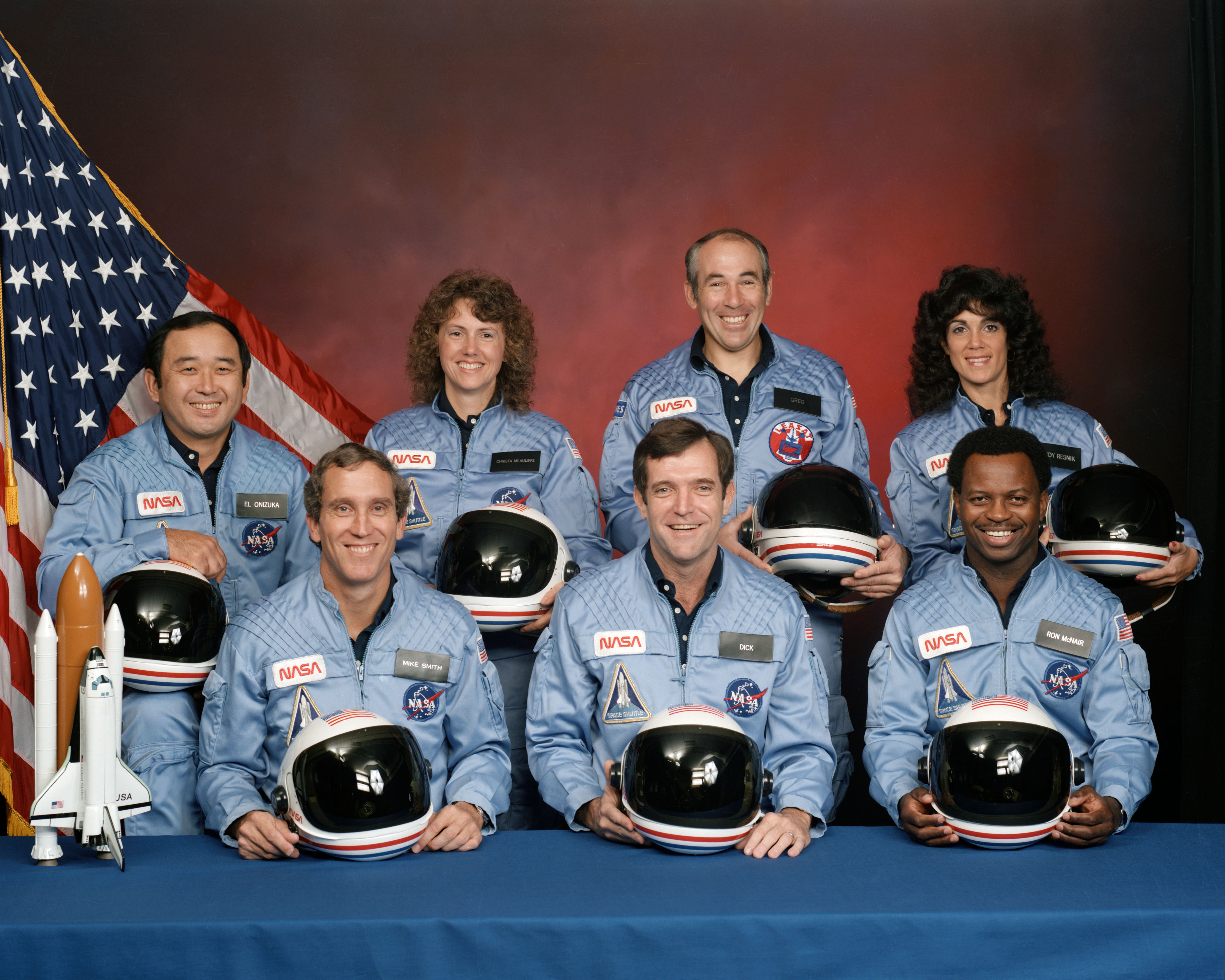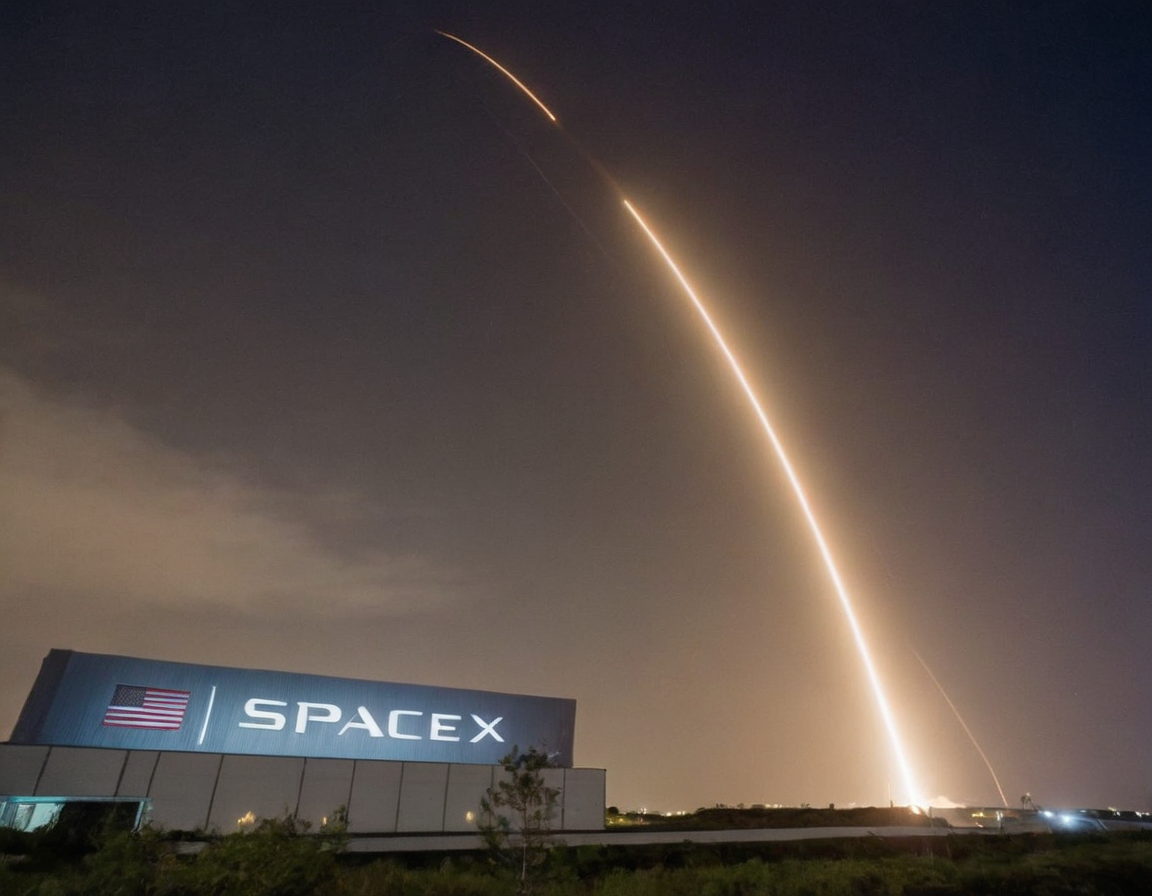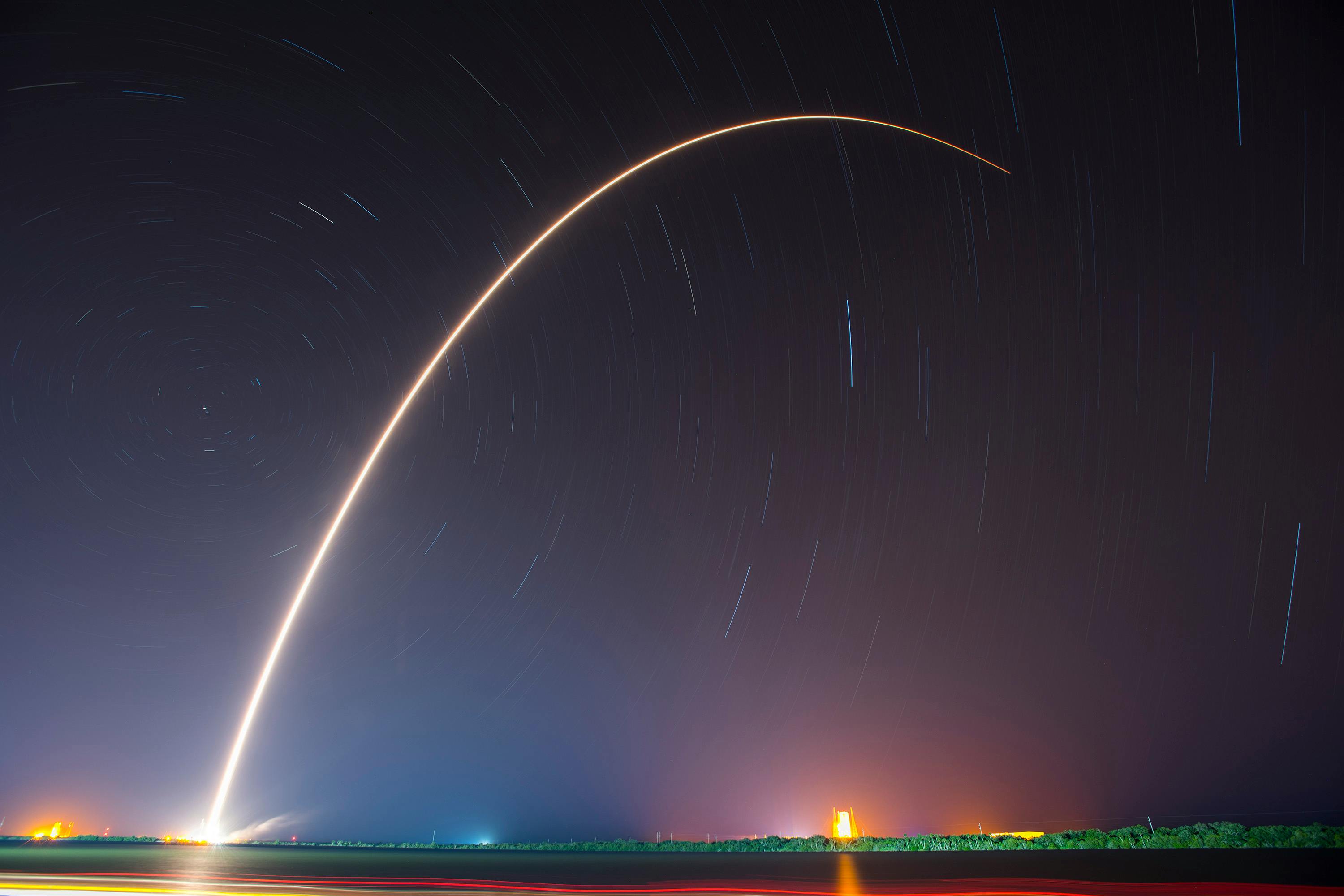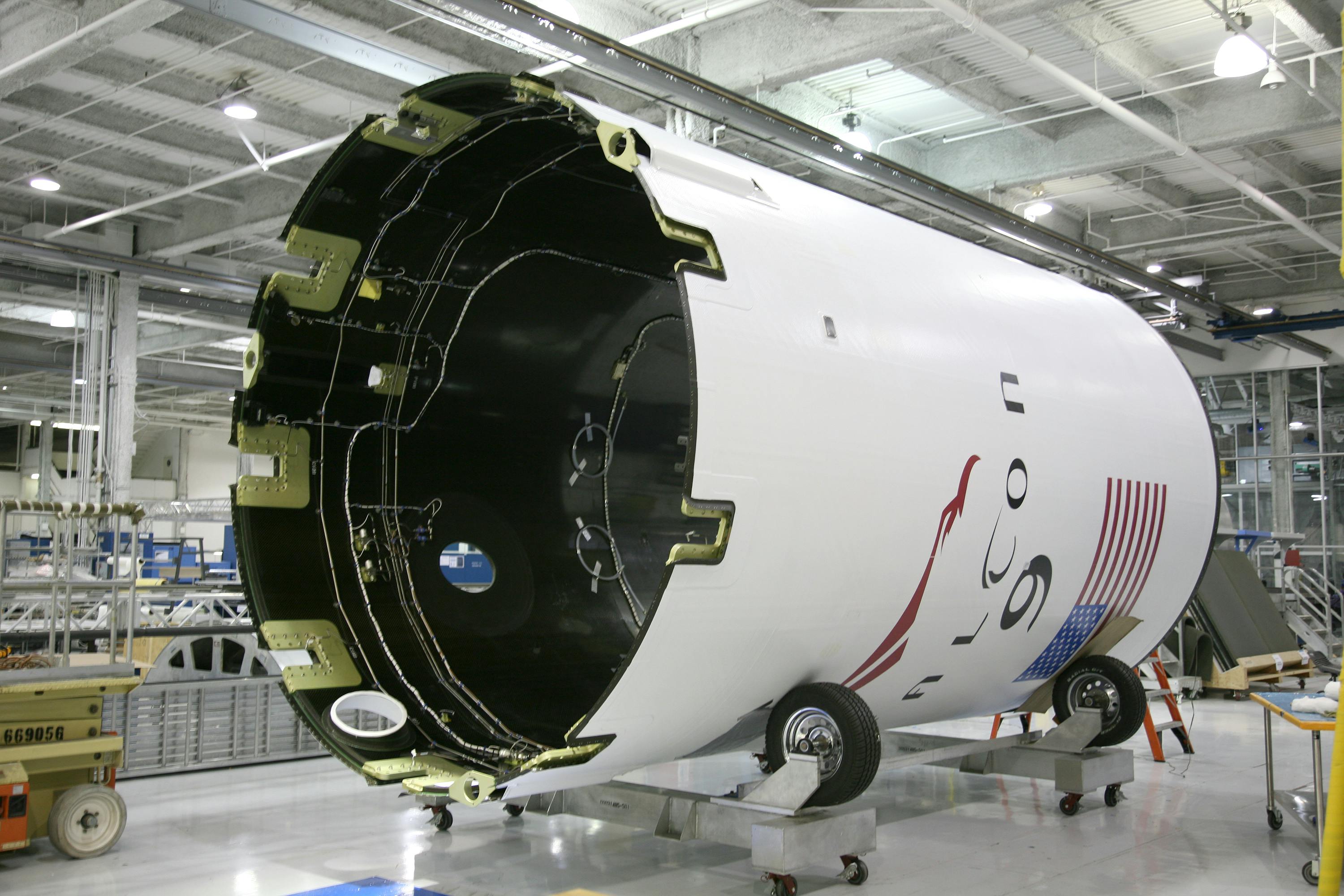· today in space history · 4 min read
The Day That Changed Spaceflight Forever
Thirty-nine years ago, the loss of Space Shuttle Challenger and its seven crew members forever transformed our approach to spaceflight safety and risk management

On a cold Florida morning thirty-nine years ago, the Space Shuttle Challenger lifted off from Kennedy Space Center’s Launch Complex 39B. Seventy-three seconds later, at an altitude of 46,000 feet, the vehicle was engulfed in a catastrophic explosion that claimed the lives of all seven crew members and fundamentally changed humanity’s approach to spaceflight.
A Mission Like No Other
The STS-51-L mission carried special significance even before its tragic conclusion. Among its crew was Christa McAuliffe, selected from more than 11,000 applicants to become NASA’s first Teacher in Space. The mission symbolized NASA’s commitment to making spaceflight accessible to ordinary citizens and inspiring the next generation of explorers.
Commander Dick Scobee led an experienced crew that included Pilot Michael Smith, Mission Specialists Ellison Onizuka, Judith Resnik, and Ronald McNair, Payload Specialist Gregory Jarvis, and McAuliffe. Each brought unique expertise and dreams to a mission that would never reach orbit.
The Fatal Flaw
What appeared to television viewers as a sudden, inexplicable explosion was actually the culmination of a chain of events that began in the cold hours before launch. The temperature at Kennedy Space Center had dropped to 36°F (2°C) overnight, far below the operational parameters that engineers had certified for critical components—particularly the rubber O-ring seals in the Solid Rocket Boosters.
Engineers from Morton Thiokol, the company that manufactured the boosters, had urgently recommended postponing the launch. They understood that cold temperatures could compromise the O-rings’ ability to maintain a proper seal. However, their warnings were overruled in a tragic example of organizational failure that would later become a textbook case of how not to make life-critical decisions.
The Investigation and Its Findings
The Rogers Commission, established by President Reagan to investigate the disaster, uncovered a disturbing pattern of institutional problems at NASA. The commission’s report, released in June 1986, identified not just technical failures but systemic organizational issues that had allowed known problems to be normalized over time.
Perhaps most famously, physicist Richard Feynman demonstrated the O-rings’ vulnerability to cold temperatures during a simple but dramatic experiment at a commission hearing. By dropping an O-ring sample into a glass of ice water, he showed how the material lost its resilience in cold conditions—exactly what had happened on launch morning.
Transforming Space Safety
The Challenger disaster’s most enduring legacy may be its revolution in how we approach spaceflight safety. The tragedy led to fundamental changes in:
- Launch commit criteria and the weight given to engineering concerns
- The organizational structure of NASA’s safety programs
- The design of spacecraft and their abort systems
- The culture of speaking up about safety concerns
- The role of independent technical assessment in decision-making
Modern Echoes
Today’s commercial spaceflight companies have incorporated these lessons into their own safety cultures. SpaceX’s launch abort system, demonstrated dramatically during an in-flight abort test in 2020, traces its philosophical lineage to post-Challenger safety reforms. Blue Origin and Virgin Galactic similarly emphasize their commitment to robust safety systems and organizational cultures that encourage dissent when safety is at stake.
The Human Element
The Challenger disaster resonated deeply with the public partly because it shattered the illusion of routine spaceflight. The presence of Christa McAuliffe, who would have been the first teacher in space, made the loss especially poignant for millions of schoolchildren watching live.
June Scobee Rodgers, widow of Commander Scobee, helped establish the Challenger Center for Space Science Education to continue the crew’s educational mission. Today, these centers reach hundreds of thousands of students annually, teaching not just about space but about the importance of rigorous scientific thinking and ethical decision-making.
Looking Forward
As we mark thirty-nine years since the loss of Challenger, the space industry faces new challenges. The rise of commercial spaceflight, increasing launch frequency, and ambitious plans for lunar and Mars exploration all test our commitment to safety in new ways. Yet the fundamental lessons of Challenger remain relevant: the importance of listening to technical experts, the danger of normalizing deviance, and the ultimate priority of human life over schedule pressure.
The crew of Challenger—Scobee, Smith, Onizuka, Resnik, McNair, Jarvis, and McAuliffe—left us a legacy that extends far beyond their tragic final mission. Their sacrifice led to reforms that have made spaceflight safer for future generations and reminded us that in the complex business of space exploration, there can be no compromise when it comes to safety.
As new spacecraft carry humans to orbit and beyond, each launch carries with it the lessons learned from that cold January morning in 1986. In that way, the Challenger crew continues to influence every aspect of human spaceflight, helping ensure that their loss was not in vain.

Theodore Kruczek





